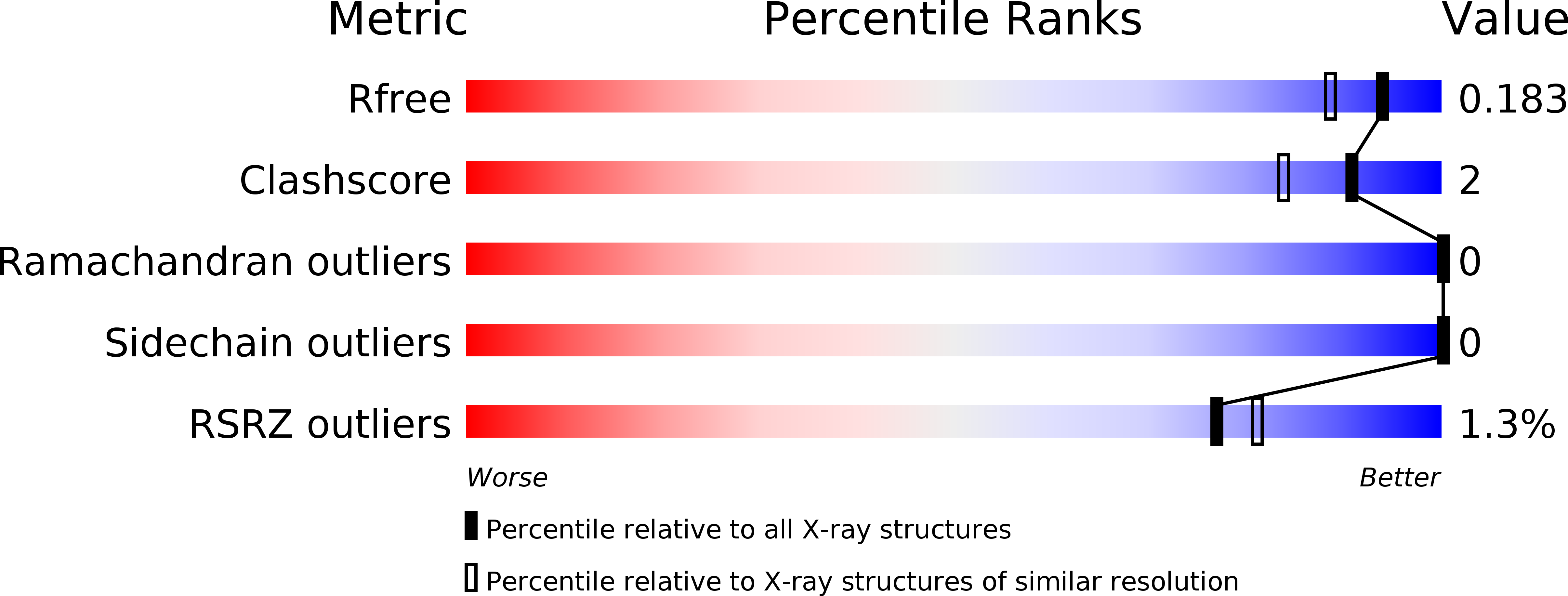
Deposition Date
2018-08-23
Release Date
2019-04-17
Last Version Date
2024-03-13
Entry Detail
PDB ID:
6M9B
Keywords:
Title:
Wild-type streptavidin in complex with biotin solved by native SAD with data collected at 6 keV
Biological Source:
Source Organism:
Streptomyces avidinii (Taxon ID: 1895)
Host Organism:
Method Details:
Experimental Method:
Resolution:
1.55 Å
R-Value Free:
0.18
R-Value Work:
0.15
R-Value Observed:
0.15
Space Group:
P 1 21 1


